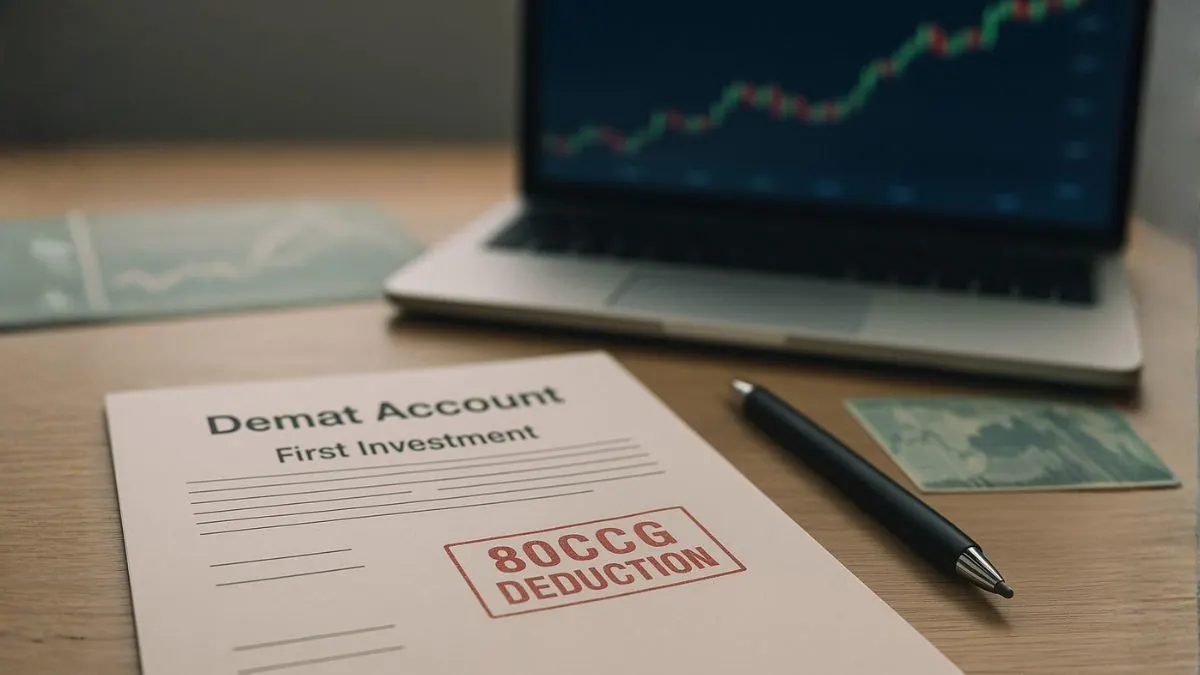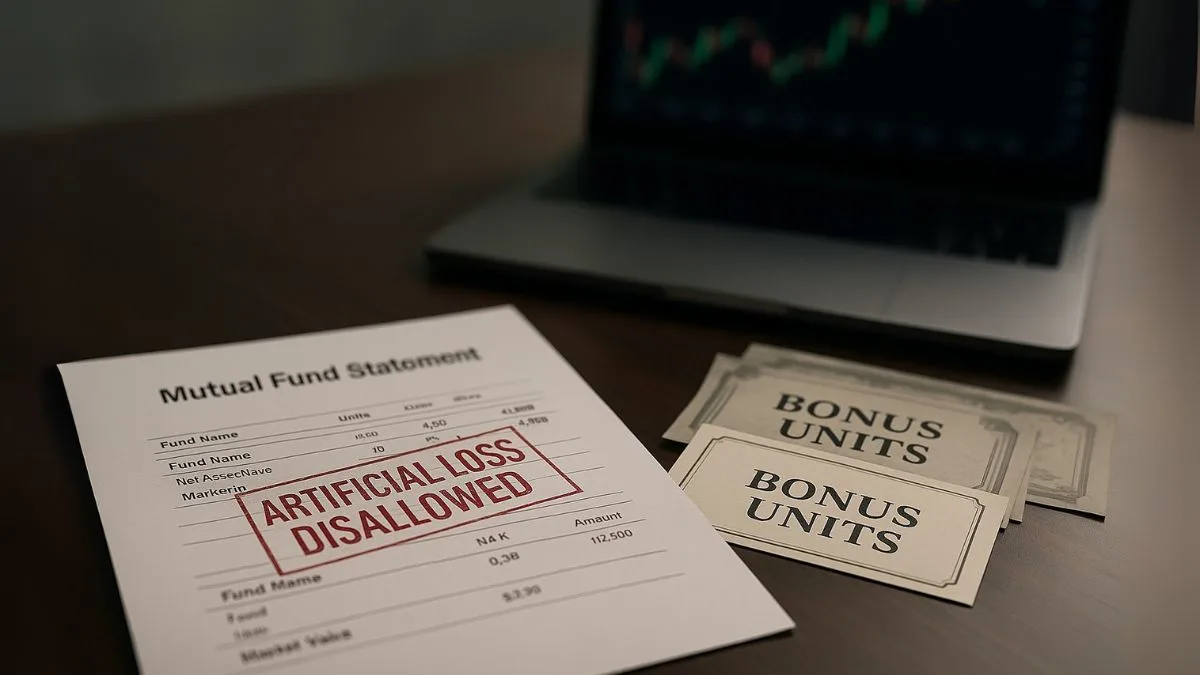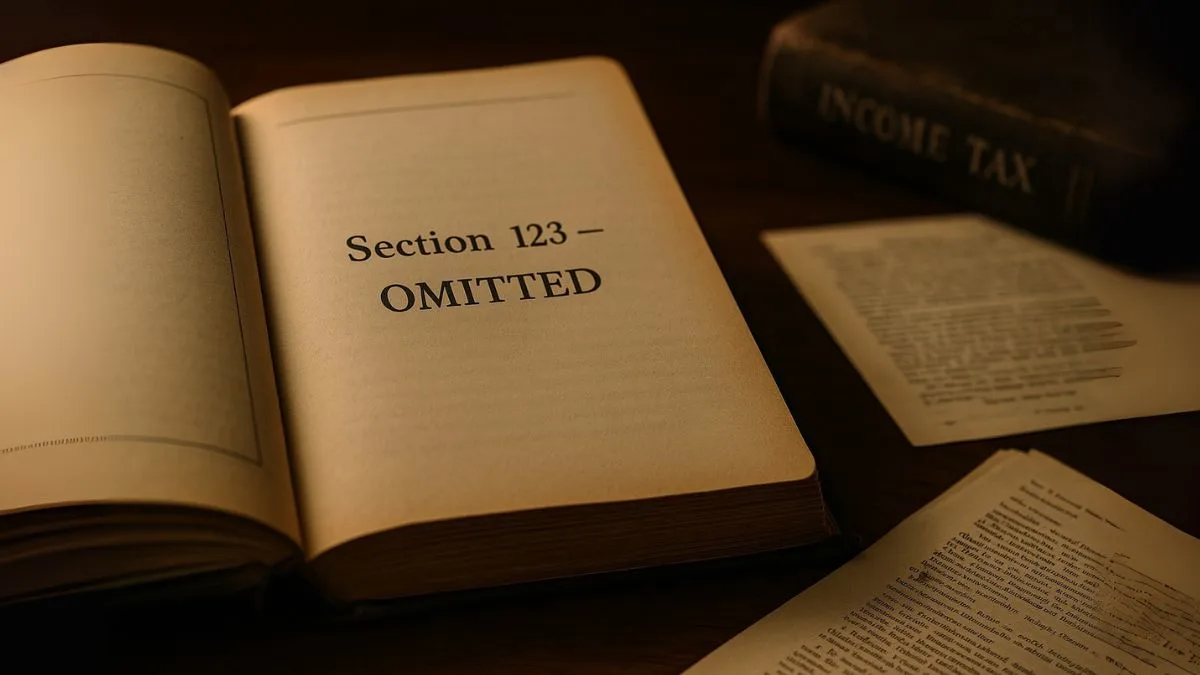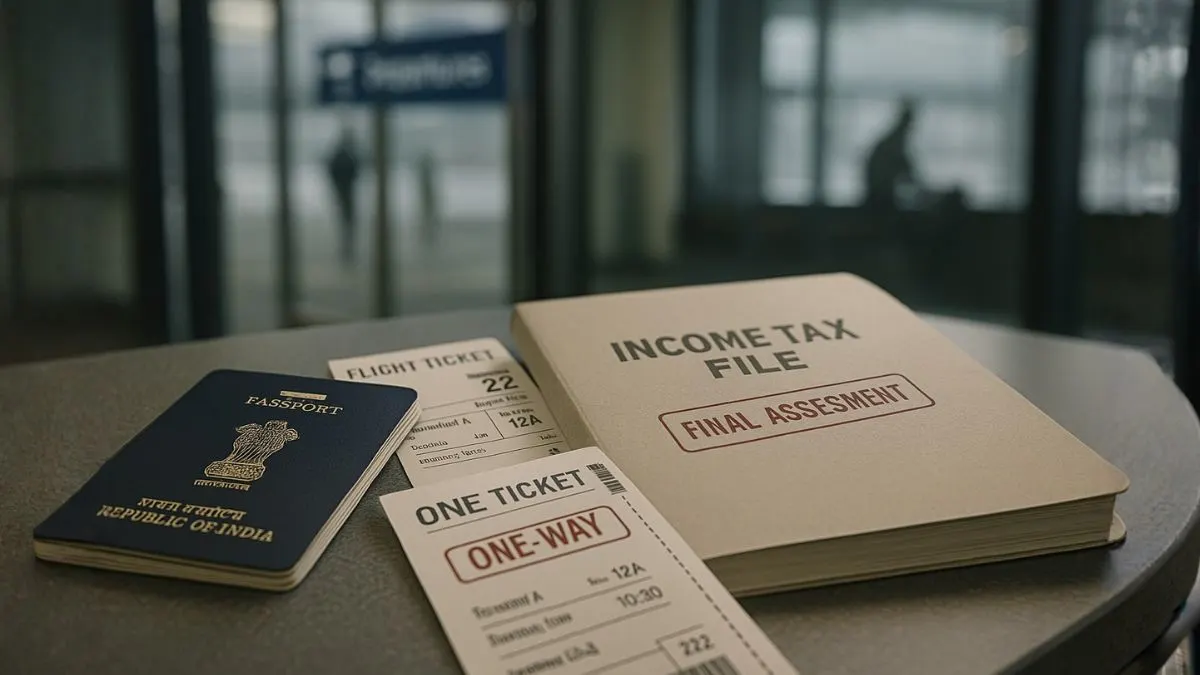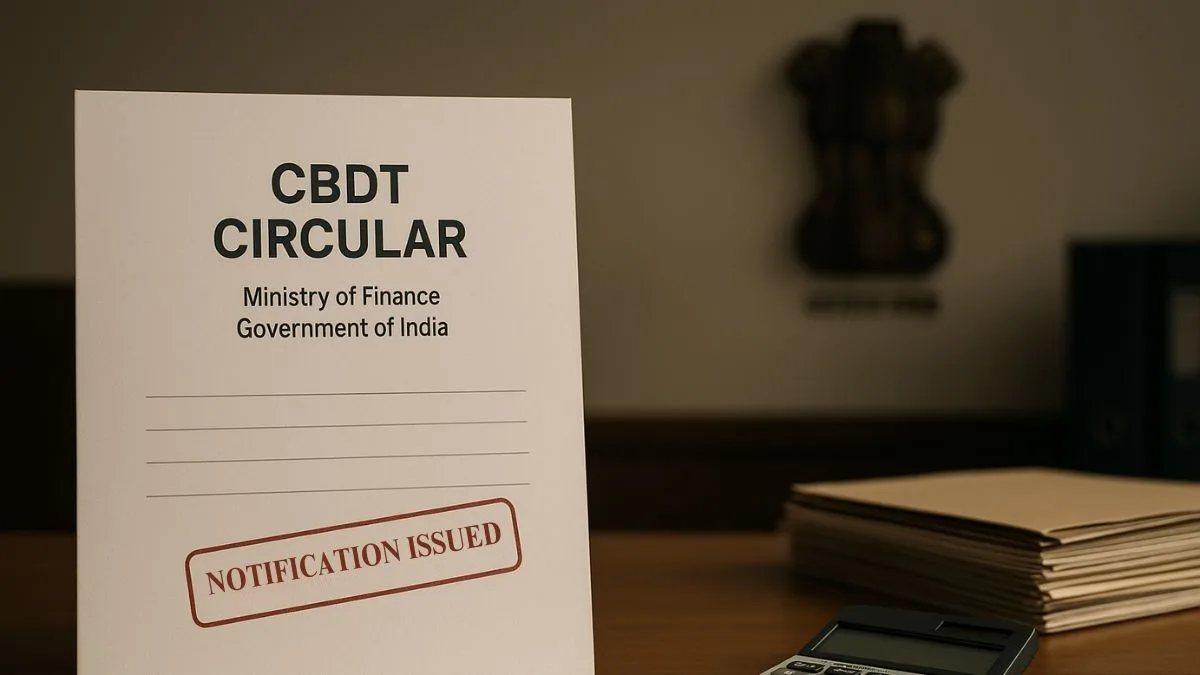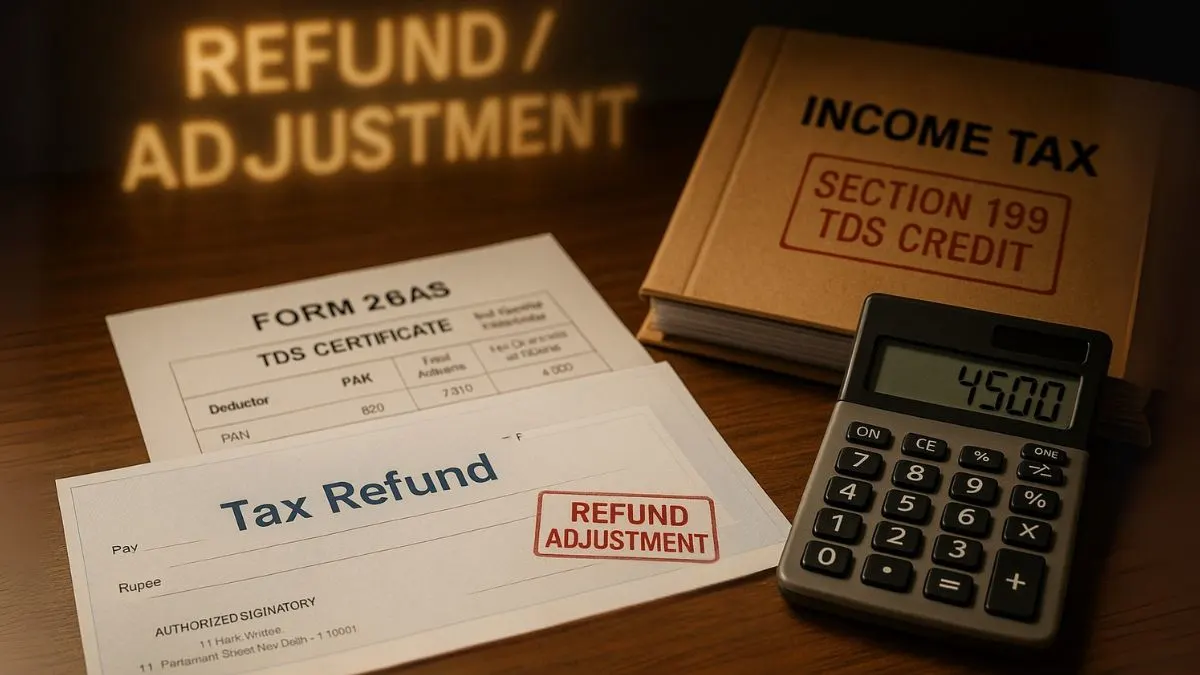
Taxation in India often confuses even the most disciplined taxpayers. With multiple provisions for advance tax, TDS, rebates, and refunds, it’s easy to lose track of how credits are applied. One such important but often overlooked provision is Section 199 of the Income Tax Act, 1961, which ensures that taxpayers get credit for tax deducted at source (TDS).
Simply put, whenever tax is deducted from your income before you receive it, that amount is not lost — it can be adjusted against your final tax liability. Section 199 clarifies how and when this credit is provided, ensuring fairness in the taxation system.
What is Section 199 of Income Tax Act?
Section 199 deals with the credit for TDS. According to this section, any tax deducted at source (for example, on salary, interest, rent, or professional fees) shall be treated as payment of tax on behalf of the person from whose income it was deducted.
In simpler terms: if your employer or bank deducts TDS from your earnings, you are entitled to claim that deducted amount as a tax credit when you file your Income Tax Return (ITR).
This ensures that double taxation does not occur and taxpayers are credited for taxes already collected by the government at source."
Key Features of Section 199
- Credit for TDS – The section provides that the tax deducted at source shall be treated as payment of tax on behalf of the person from whom it is deducted.
- Year of Credit – The credit will be given in the year in which the income is assessable, not necessarily when the TDS is deducted.
- Rule 37BA linkage – Section 199 must be read with Rule 37BA of Income Tax Rules, 1962, which provides clarity on how TDS credit is allocated when income is spread over multiple years or shared among multiple persons.
- Refunds – If the TDS credit exceeds the actual tax liability, the taxpayer becomes eligible for an income tax refund.
Example to Understand Section 199
Suppose your bank deducts ₹10,000 as TDS on the interest earned on your fixed deposit in FY 2024-25. When you file your ITR, you declare the total interest earned as income. The ₹10,000 already deducted is considered credit for tax deducted at source. If your total tax liability is ₹30,000, you only need to pay ₹20,000 more.
On the other hand, if your liability is only ₹8,000, the extra ₹2,000 will be refunded by the Income Tax Department.
Also Read: Bilateral Relief from Double Taxation
Link Between Section 199 and Rule 37BA
Section 199 cannot be read in isolation. Rule 37BA of the Income Tax Rules, 1962 explains how the credit is to be given in specific situations:
- Apportionment across years – If income is spread over multiple years, TDS credit must also be spread accordingly.
- Joint ownership – If income belongs to multiple persons (like co-owners of a property), credit for tax deducted at source must be shared in proportion to their income.
- Mismatch resolution – If there is any mismatch between TDS claimed and reflected in Form 26AS/AIS, Rule 37BA provides the framework for rectification.
Practical Scenarios Where Section 199 Applies
- Salary Income :Employers deduct TDS from employees’ salaries every month under Section 192. As per Section 199, this TDS is credited to the employee and can be adjusted while filing the ITR.
- Bank Interest: Banks deduct TDS on fixed deposit interest when it crosses the threshold limit. This is also eligible for credit under Section 199.
- Property Transactions: Buyers are required to deduct TDS when purchasing property worth over ₹50 lakhs (Section 194-IA). The seller can claim this deduction as tax credit while filing returns.
- Professional Services: Freelancers, consultants, or professionals often receive income after TDS deductions (Section 194J). Section 199 ensures they can claim this tax credit.
Why Section 199 is Important for Taxpayers
- Prevents double taxation – Ensures tax already deducted is credited back to the taxpayer.
- Ensures fairness – Provides a systematic way to offset deducted amounts.
- Boosts compliance – Encourages proper filing of ITR with TDS details.
- Facilitates refunds – If excess tax is deducted, Section 199 enables timely refunds.
Also Read: TDS on Purchase of Goods
Challenges Faced by Taxpayers
Despite its importance, taxpayers face several hurdles in availing benefits under Section 199:
- Mismatch between Form 26AS/AIS and TDS certificates – One of the most common problems.
- Delayed TDS deposit by deductor – If the deductor fails to deposit TDS on time, the taxpayer suffers.
- Apportionment issues – In joint ownership or multi-year income cases, taxpayers often struggle to apportion TDS credit properly.
- Technical glitches – Errors in PAN, mismatched details, or wrong section codes create hurdles in claiming credit.
How to Claim TDS Credit Under Section 199
- Check Form 26AS/AIS – Before filing your ITR, check the Annual Information Statement (AIS) or Form 26AS for TDS details.
- Match with TDS certificate (Form 16/16A) – Verify that the amounts match.
- Report in ITR – Declare both the gross income and the TDS deducted.
- Claim the credit – The deducted amount will be adjusted against your final tax liability.
Judicial View on Section 199
Over the years, Indian courts and ITAT (Income Tax Appellate Tribunal) have emphasized the importance of Section 199. In cases of mismatch or disputes, judgments have favored taxpayers, ruling that TDS credit cannot be denied if the income is declared and tax is deducted at source."
This judicial support reinforces that the intent of the law is to benefit taxpayers, not penalize them for deductors’ mistakes.
Also Read: TDS on Professional and Technical Services
Conclusion
Section 199 of the Income Tax Act plays a pivotal role in maintaining trust between taxpayers and the government. By providing credit for tax deducted at source, it ensures that individuals and businesses are not overburdened. Whether you are a salaried employee, a professional, or a property seller, understanding this section helps you optimize your tax filings.
Timely verification of TDS through Form 26AS and AIS, combined with careful reporting in ITR, can save you from disputes and unnecessary delays in refunds.
Still confused about claiming TDS credits or refunds? At Callmyca.com, our tax experts ensure your ITR reflects every deduction, helping you save money and avoid disputes. Book your consultation today!

